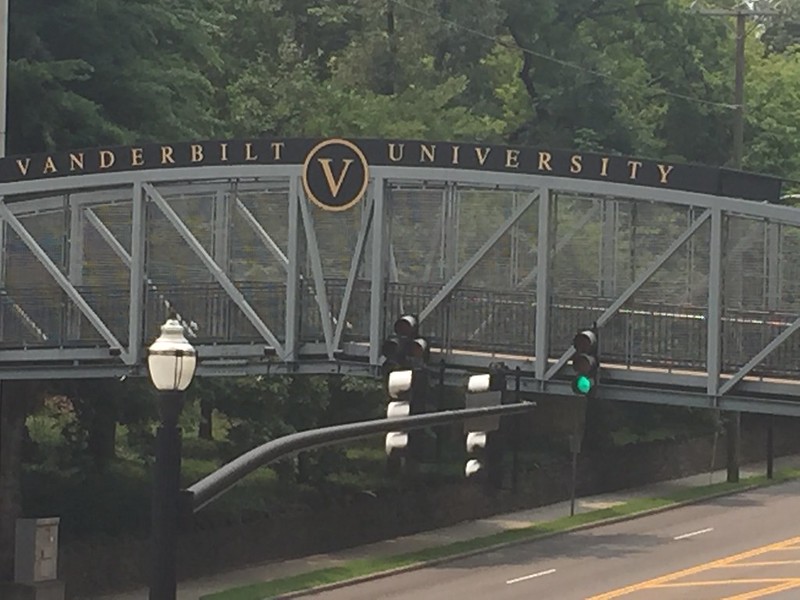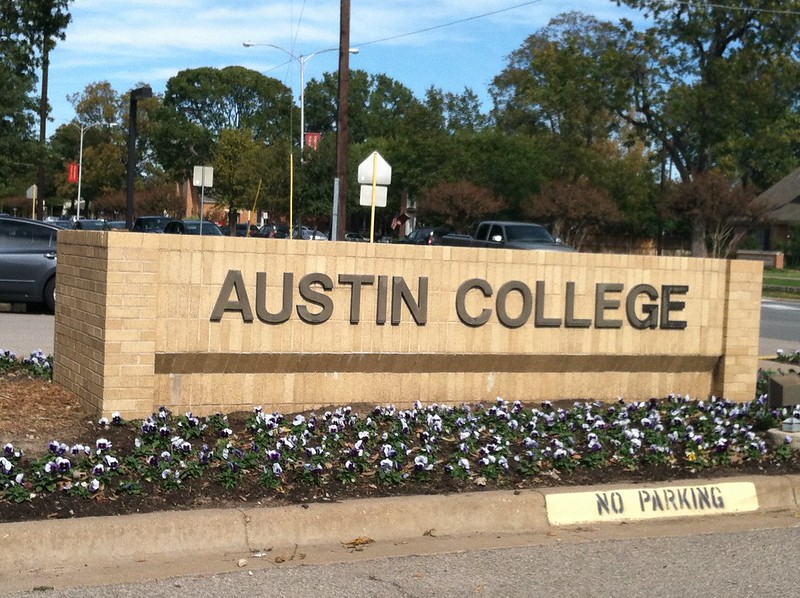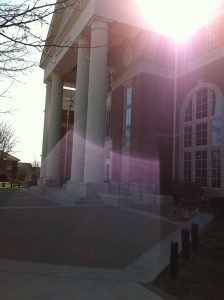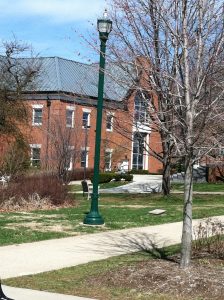
Standing in the grassy green mall, the hub of University of Delaware’s 970-acre campus, you will find yourself surrounded by a mix of colonial and modern buildings. University of Delaware is one of the oldest US universities, established in 1743 as Newark College, then renamed Delaware College, and finally, University of Delaware in 1921.
Despite its longstanding heritage, UD continues to renovate and upgrade its campus and facilities. Mechanical Hall is a climate-controlled art gallery home to the Paul R. Jones collection of African-American art, and Innovation Suite recently opened for the electrical and computer engineering departments. Students studying hotel and restaurant management gain hands-on experience in the fine dining restaurant and a Courtyard by Marriott right on campus.
Here are a few quick facts about UDelaware:
Acceptance: 68%
Freshman retention: 91%
Freshmen out of state: 66%
Most popular majors: finance, marketing, nursing, psychology
4-year Graduation rate: 71%; 6-year: 81%
Student Community Diversity: 5% Black, 8% Latino, 5% International
Housing: All freshmen not commuting live in the dorms, making up part of the 40 percent of overall students who reside on campus. Housing is guaranteed and awarded by lottery, but many juniors and seniors move to off-campus apartments.
Honors students live in designated residence halls and certain majors require students to live in a living/learning community. There are also a variety of optional special-interest living communities. Students in traditional residence halls are required to purchase the meal plan. UD students state that the food courts are really good with a variety of options for different dietary needs and restrictions, but the dining halls could use some improvement.
Academics: UD offers 135 majors in a range of disciplines. Some of their newer offerings include biomedical engineering and human resources administration. In order to graduate, students must pass freshman English (critical reading and writing), earn 3 credits of discovery-based or experiential learning (internship, research or study abroad), complete First-Year Seminar course in freshman year and a capstone project in senior year. Other graduation requirements vary by college.
The average class size is 35 students, but 34% of classes have fewer than 20 students. Professors stress the importance of collaboration and working together. Career Services is very active in making sure students are well-supported in gaining real-world experiences. One-third of students travel to 40 countries and 400 students receive stipends each summer to do research with faculty members. Students at UD also have a conviction to get involved in community service; 62 percent of students get involved during their time at UD. Service Learning Scholars program is a 10-week program that immerses students in community service opportunities in the local community.
Similar colleges to consider: Penn State, Rutgers, University of Connecticut, University of Maryland
Social: Despite having a smaller percentage of students living in the dorms, most social life at University of Delaware happens on or around campus. Students can find plenty of events hosted by UD student organizations to attend. Greek life attracts a moderate number of students (18% of men and 23% of women pledge), but they do not have a monopoly on the social gatherings.
True to their positive and friendly nature, University of Delaware offers a variety of fun traditions and activities. Hen Fest welcomes students back to campus each fall and juniors mark their progress in the fall with the Halfway There Party. This event features half-legged races, half-lemonade/half-iced tea (Arnold Palmers) and a DJ bumping popular songs…but only halfway through.
Main Street runs almost right through campus, making most places within a comfortable walking distance. Students will find coffee shops, pizza places, restaurants, a movie theater and shops nearby. For students who want to venture a little further, New York, DC, Baltimore and Philadelphia are all about a two-hour drive away.
Division I Blue Hens are becoming more competitive, with football being the biggest deal. Tailgate parties are very popular both before and after the games. Women’s field hockey won a national championship title recently, and women’s golf and men’s soccer have brought home Colonial Athletic Association conference titles. Men’s and women’s basketball teams have a lively rivalry with Drexel. Recreational sports also draw a lot of students with 35 club sports and 30 intramural programs.
Financial: University of Delaware offers both need-based and non-need based financial aid as well as a some athletic scholarships. The average percent of need met is 59%, with 21% being fully met.
Although the cost of attendance for non-commuters is $29,200 and $52,200 for in-state and out-of-state, respectively, the average financial aid package is $20,000. Twenty percent of students receive some type of financial aid.











